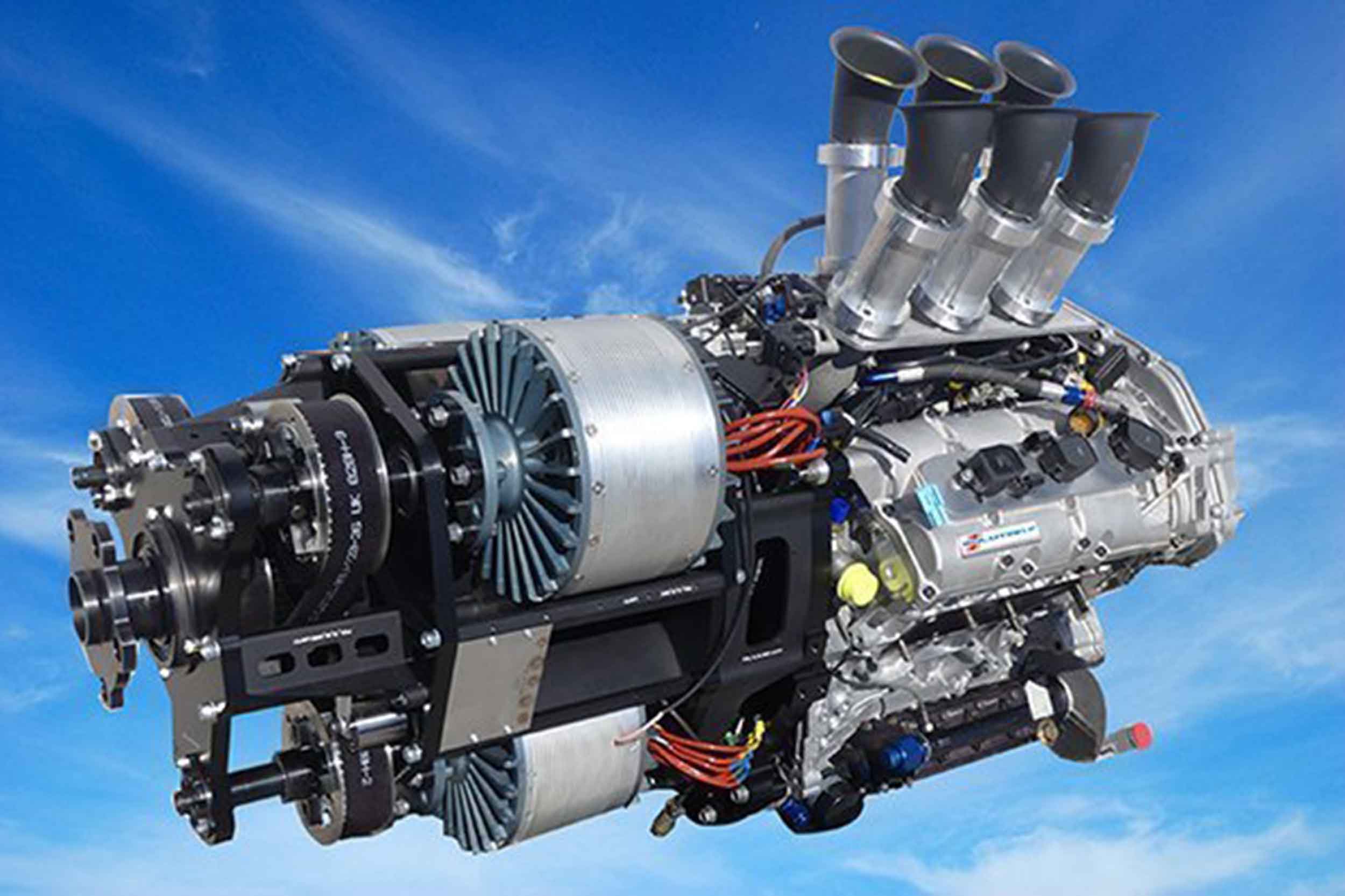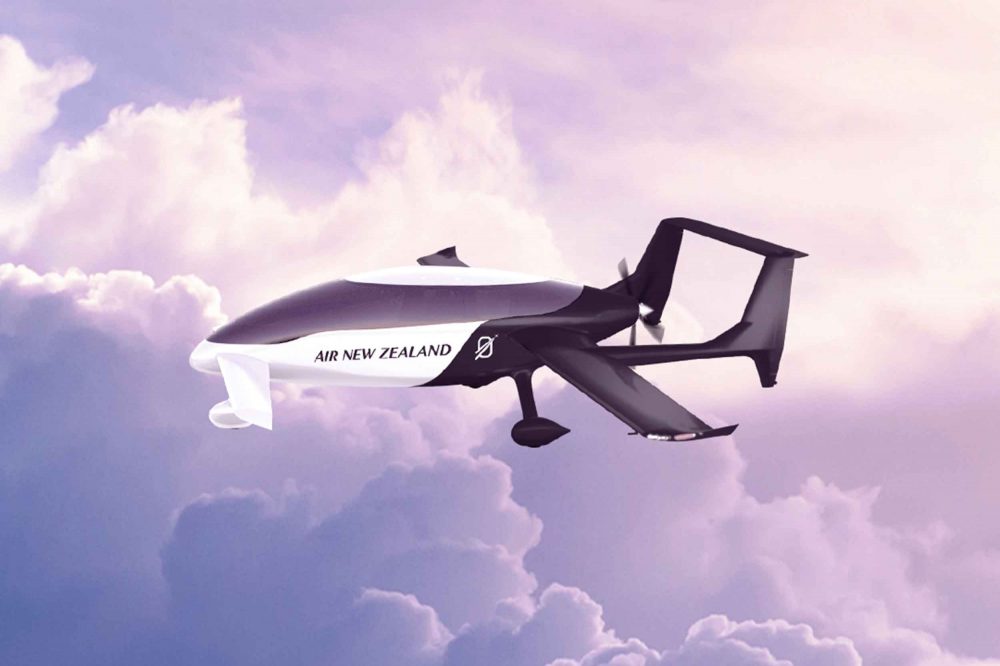New Zealand’s national airline, Air New Zealand, is partnering with four aircraft developers working on innovations to reduce carbon emissions.
They are:
- Beta, whose Alia 250C electric vertical takeoff and landing (eVTOL) aircraft is currently test flying
- Cranfield Aerospace, which is working on a hydrogen powered Britten-Norman Islander
- Eviation, with its all-electric small airliner
- VoltAero, the French startup already flying a hybrid-electric prototype.
Air New Zealand has launched an initiative it calls Mission Next Gen Aircraft with two ambitions: 1, to fly a commercial demonstrator flight from 2026, and 2) begin replacing its Q300 fleet with a more sustainable aircraft from 2030.
Out of the four developers, VoltAero looks to be the firm with the most promise for General Aviation aircraft with its proposed Cassio aircraft family.
“Our selection by Air New Zealand is an important confirmation of VoltAero’s pragmatic and realistic approach to developing the Cassio aircraft family,” explained Jean Botti, VoltAero’s CEO and Chief Technical Officer.
“Instead of promises, we can respond today to Air New Zealand’s requirement for the demonstration of next-generation sustainable aircraft.”

VoltAero’s prototype Cassio 330 will use Safran’s ENGINeUS 100 smart electric motor, integrated along with a 150kW thermal engine. Image: VoltAero
VoltAero’s 600k kilowatt electric-hybrid propulsion system has logged more than 10,000km since 2019, aboard the company’s Cassio 1 testbed aircraft, a modified Cessna 337.
Cassio aircraft will have electric motors in the aft fuselage-mounted propulsion system for all-electric power during taxi, takeoff, primary flight, and landing. The hybrid feature (with an internal combustion engine) comes into play as a range extender, recharging the batteries while in flight. Additionally, this hybrid element serves as a backup in the event of a problem with the electric propulsion.
Cassio aircraft will be built in three versions with configurations from five to 12 seats, sharing a high degree of commonality.
The first production version will be the Cassio 330, with five seats and powered by a 330-kilowatt electric-hybrid propulsion system. Its service entry is targeted for the end of 2024, ahead of Air New Zealand’s objective.
VoltAero













